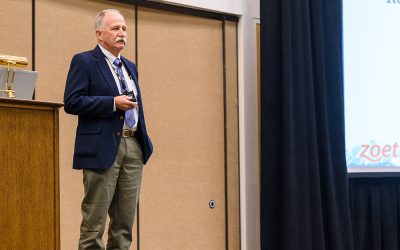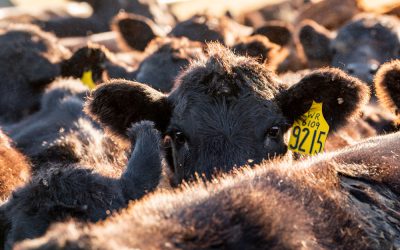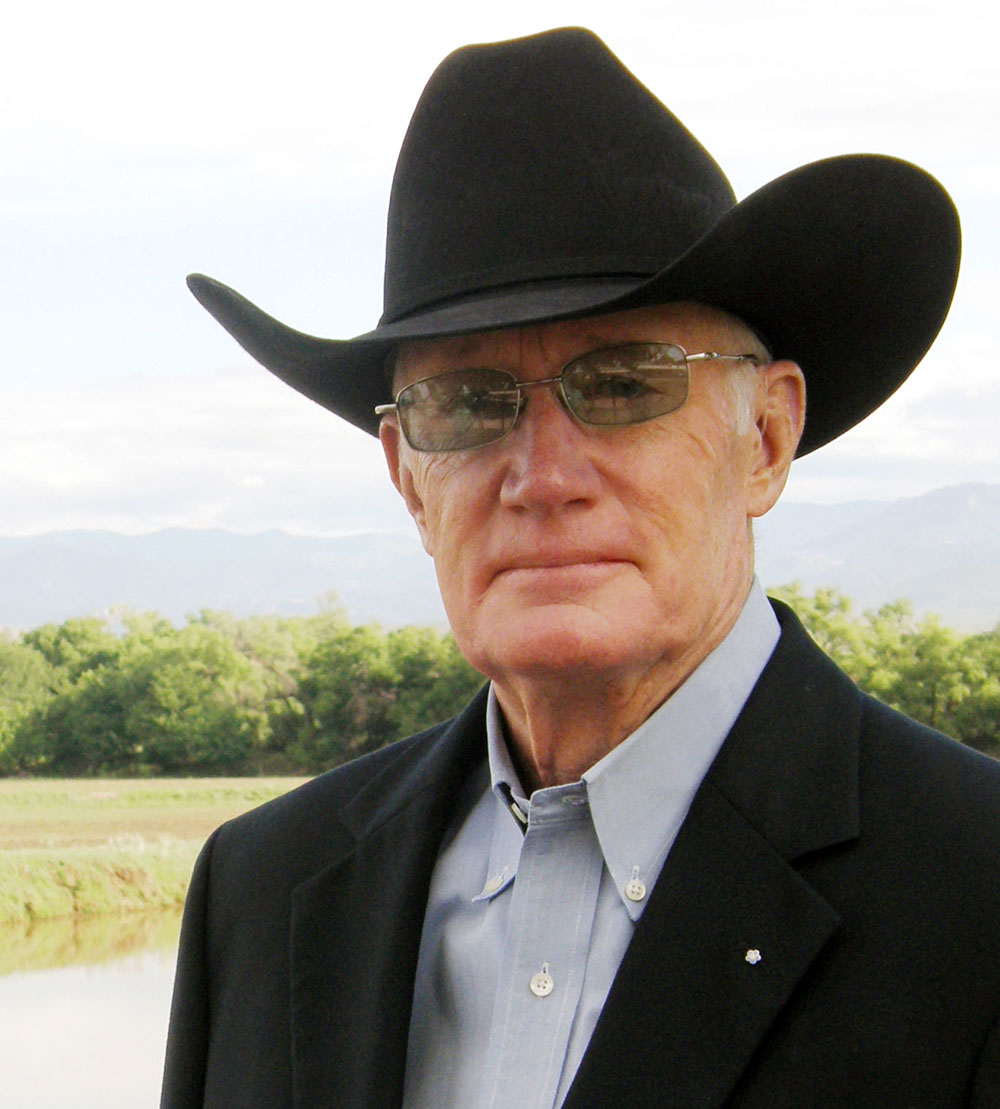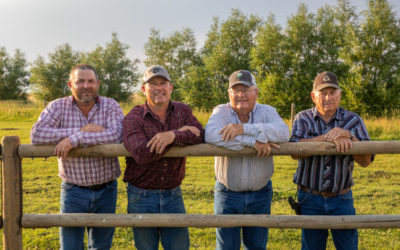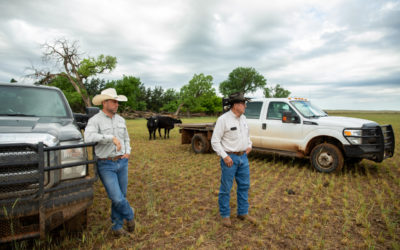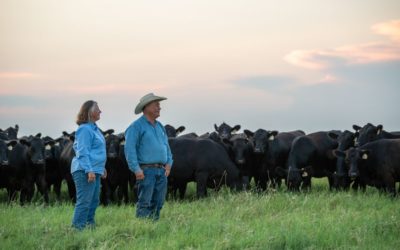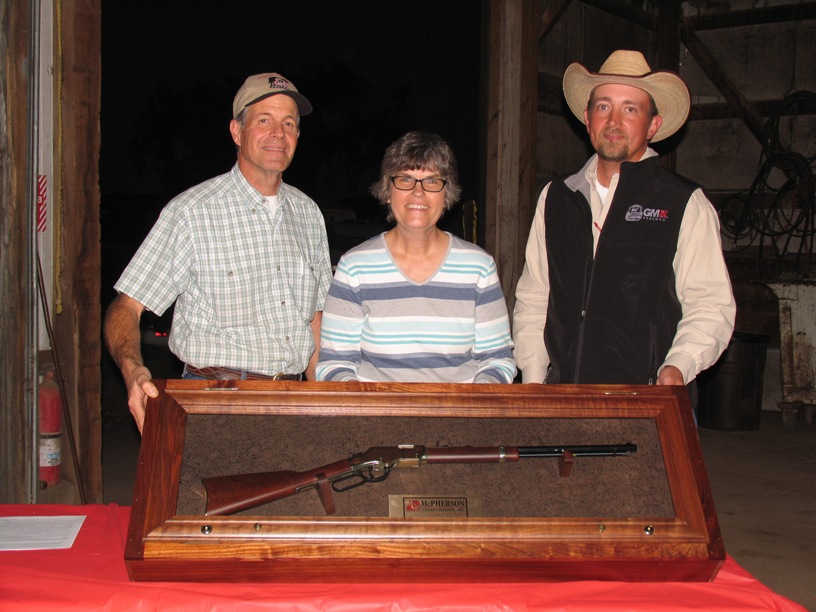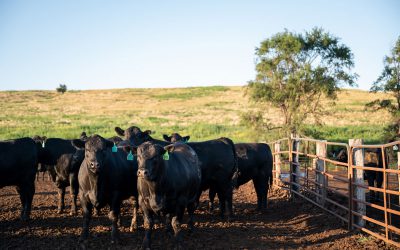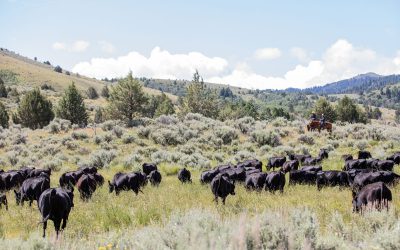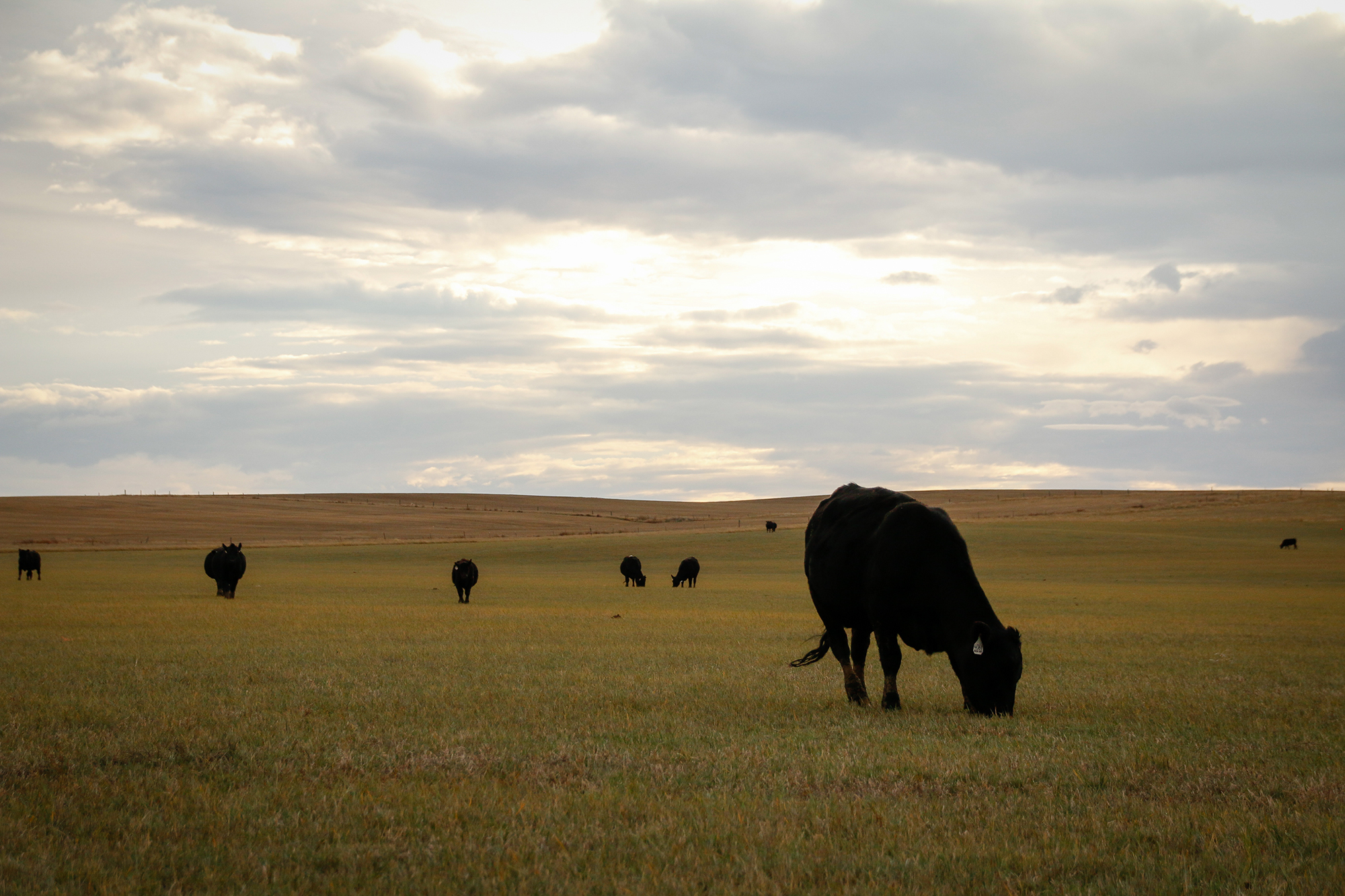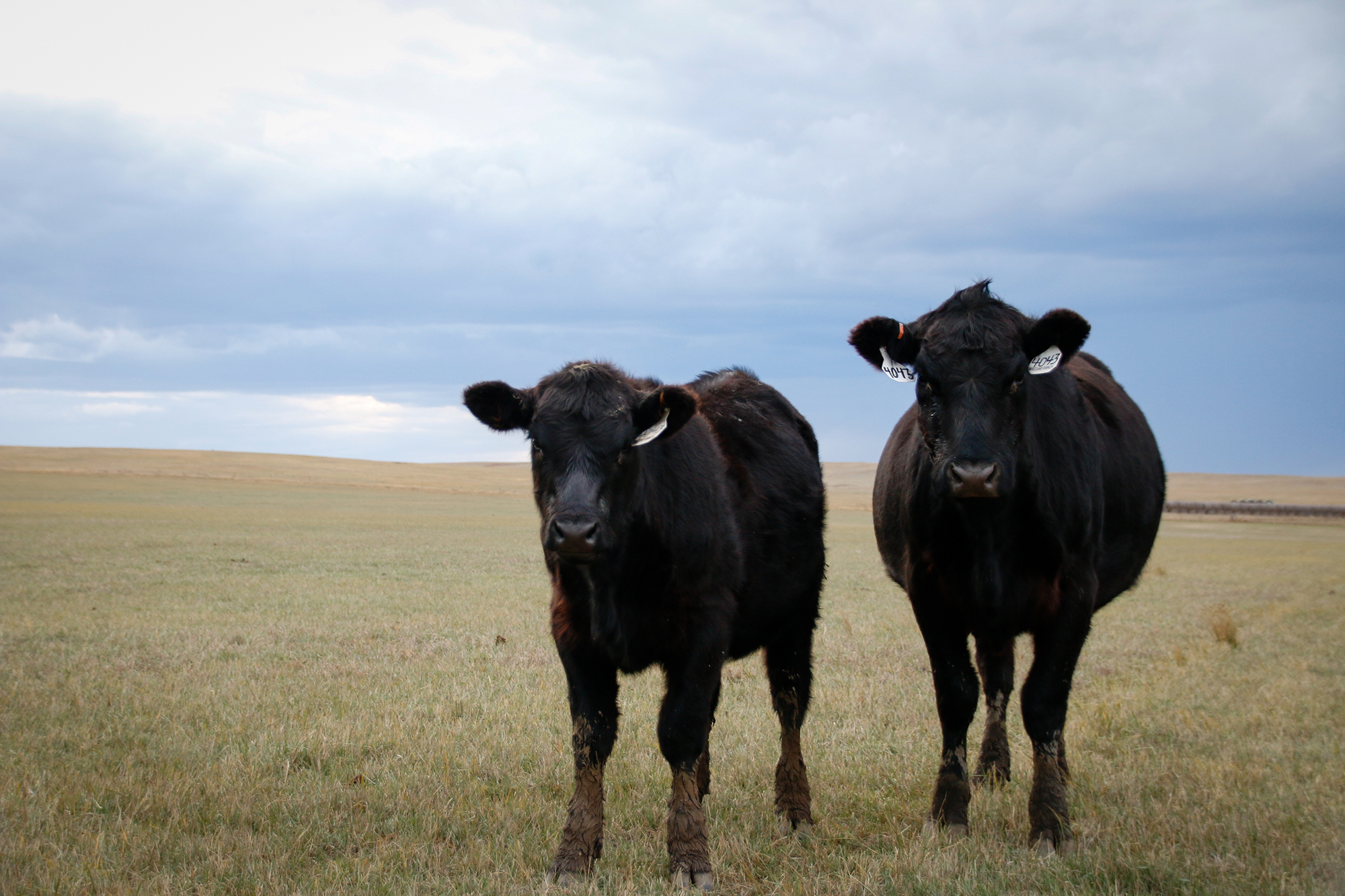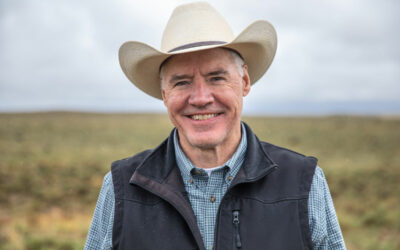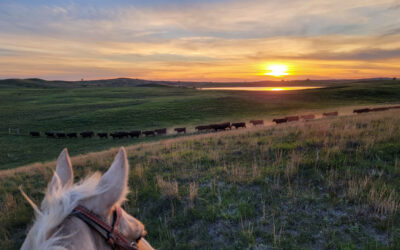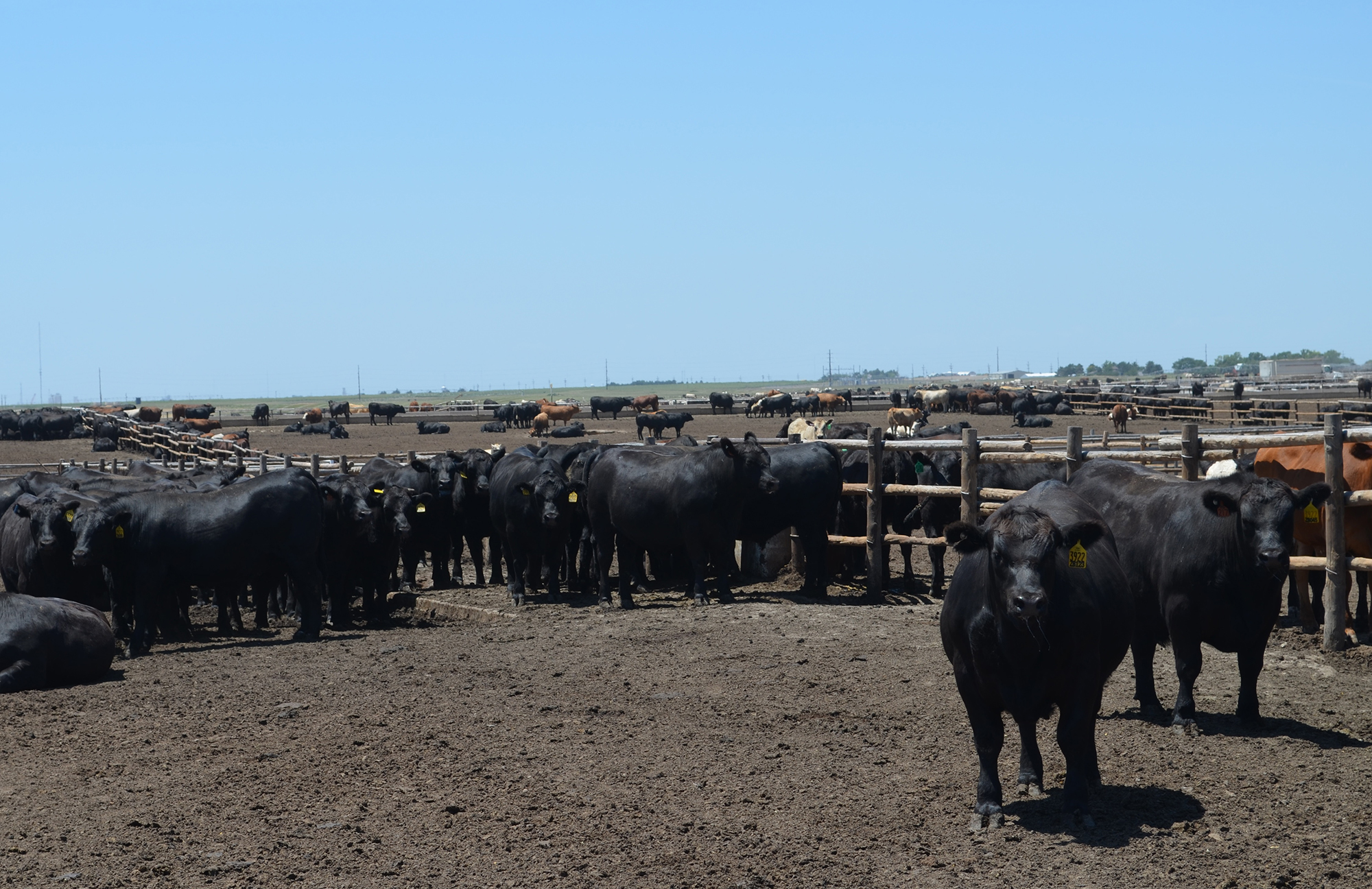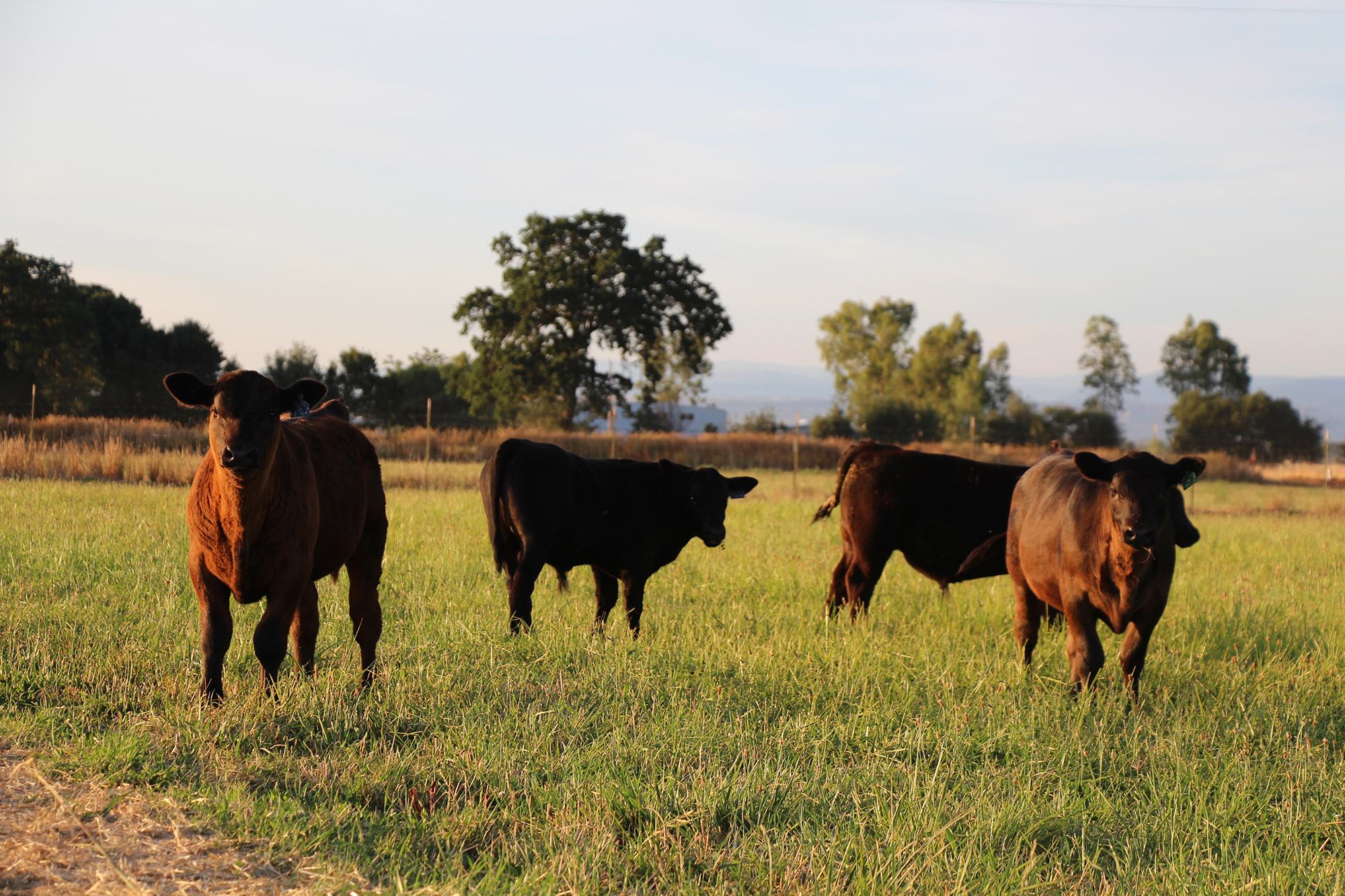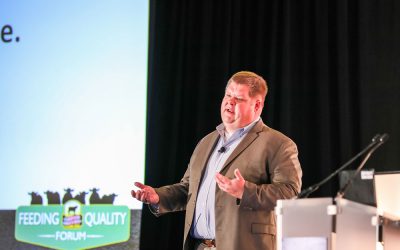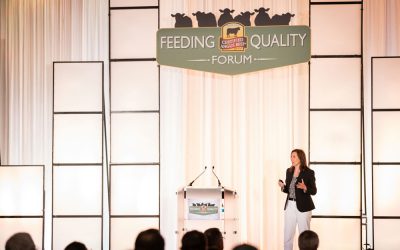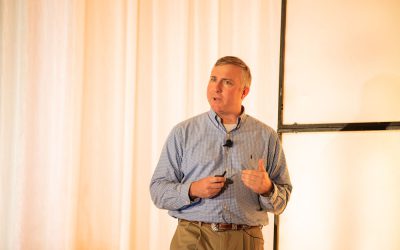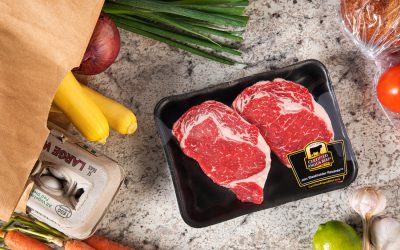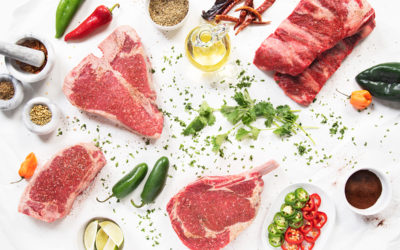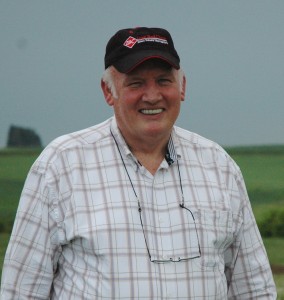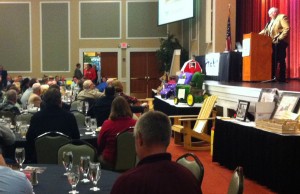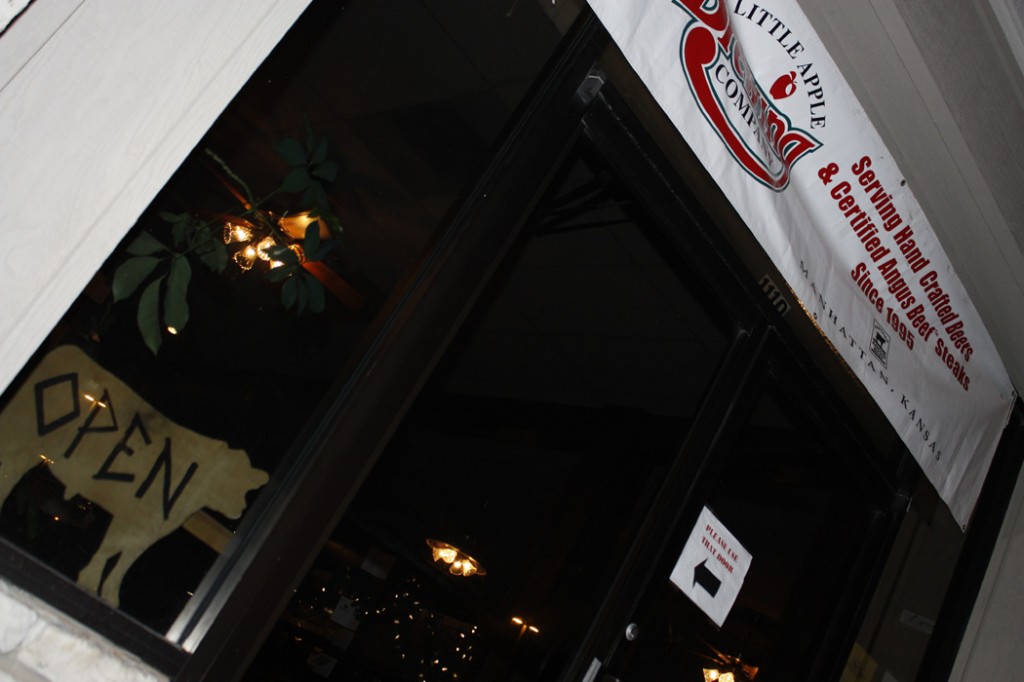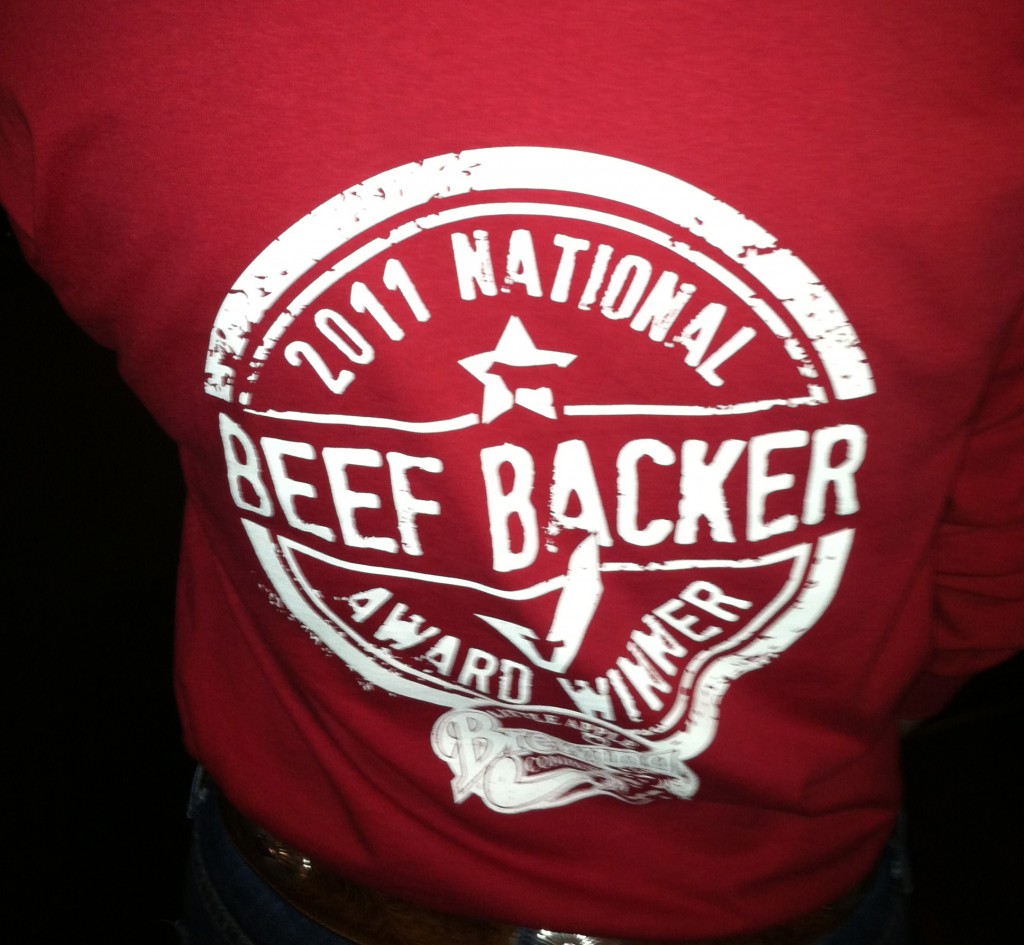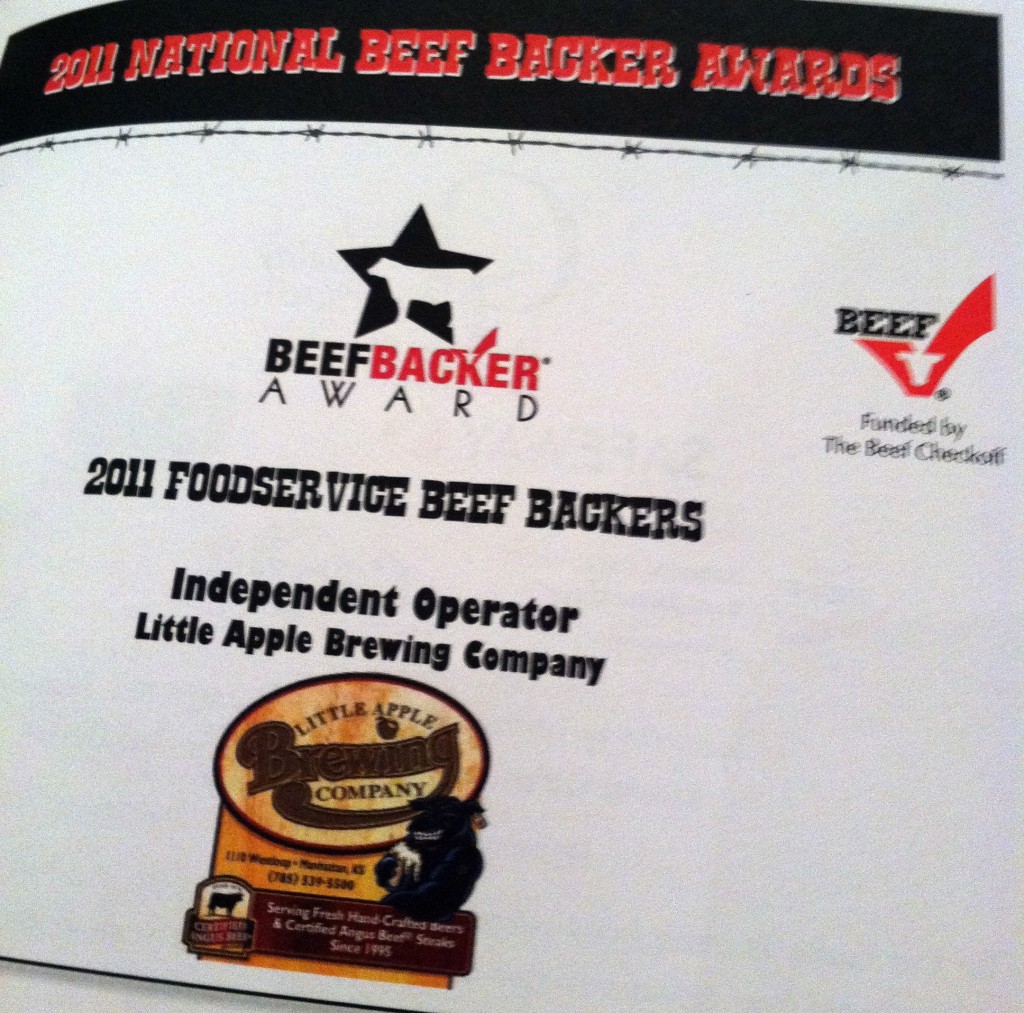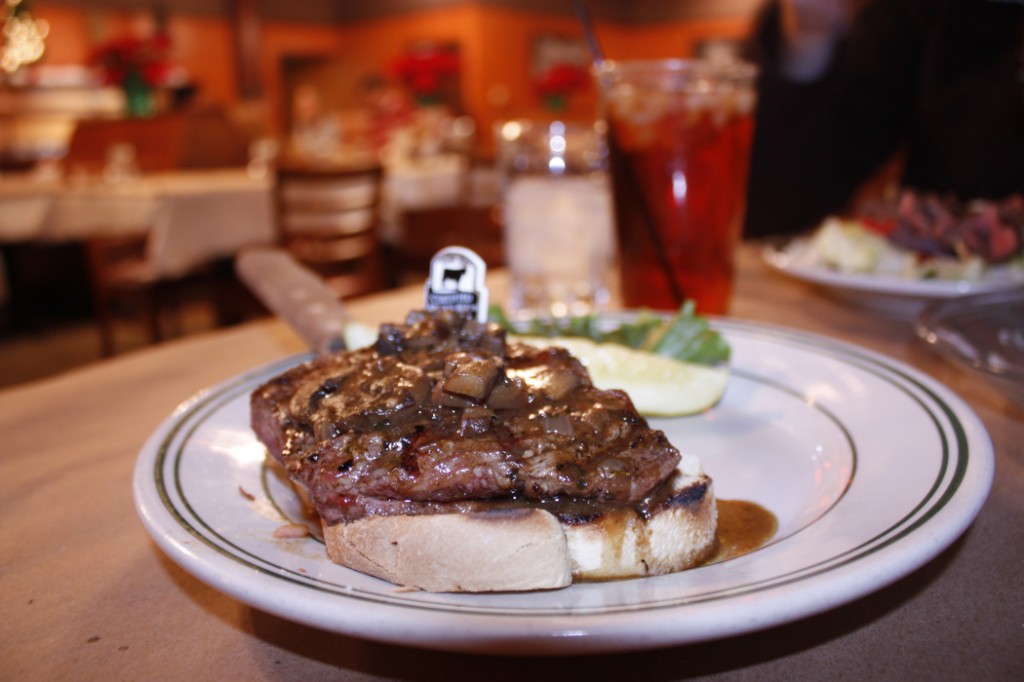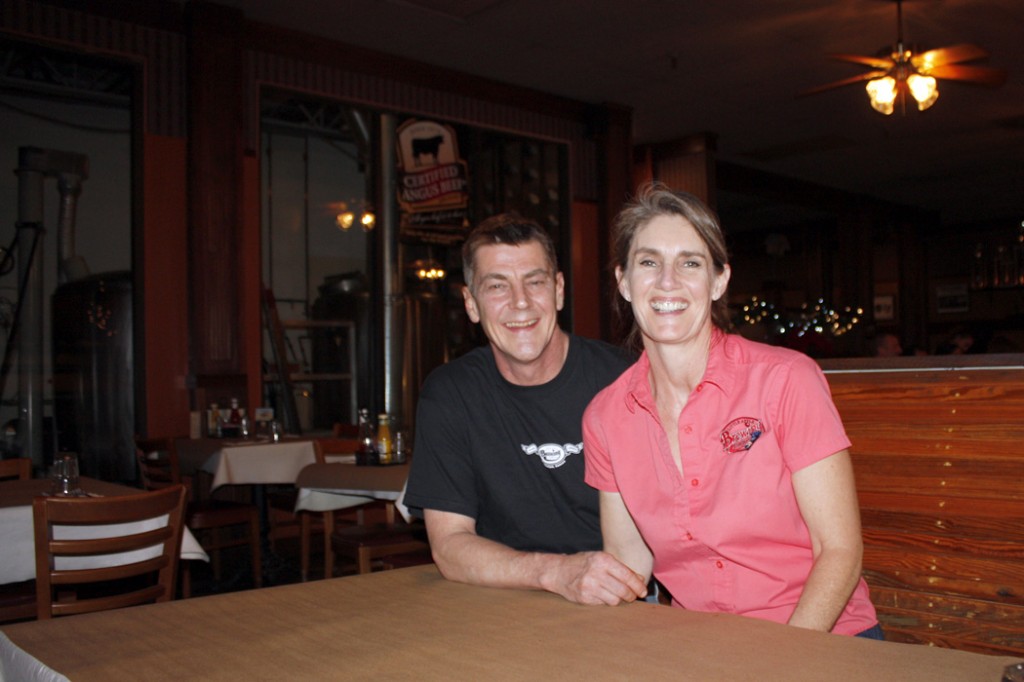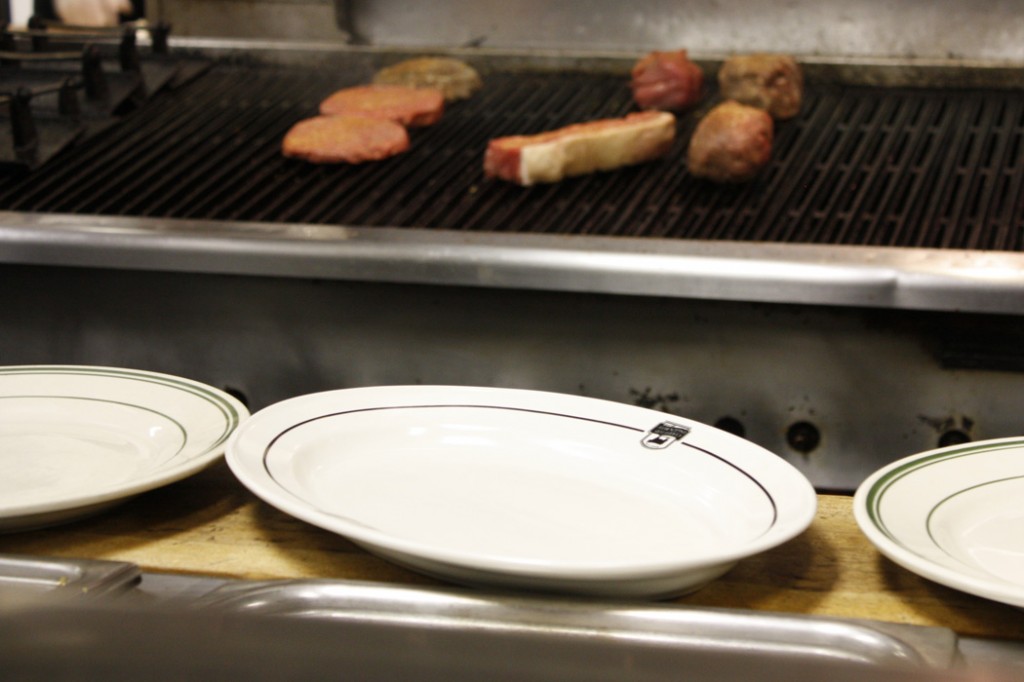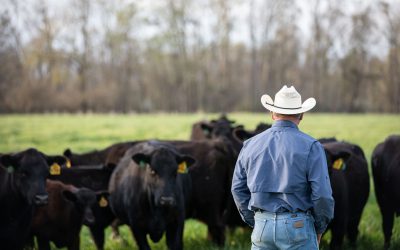
Experience wins Kansas Angus Carcass Data Project
by Kaitlin Morgan
Winners of the Kansas Angus Association’s 2014 Carcass Data Project (CDP) are old hands at raising high-quality cattle.
The top three contestants had elite level scores, but John Wendling’s winning entry stands out above the rest.With all 10 of his steers qualifying for the Certified Angus Beef ® brand and four of them grading Prime, he collected the $500 champion prize for the second year in a row.
But no matter the placing, the real prize to all was the data they can use to further improve their herds. Wendling runs a registered seedstock operation near Halstead, Kan.,with his father, David,and the carcass data received through the project has helped show them where their cattle excel and whether they need a little more ribeye.
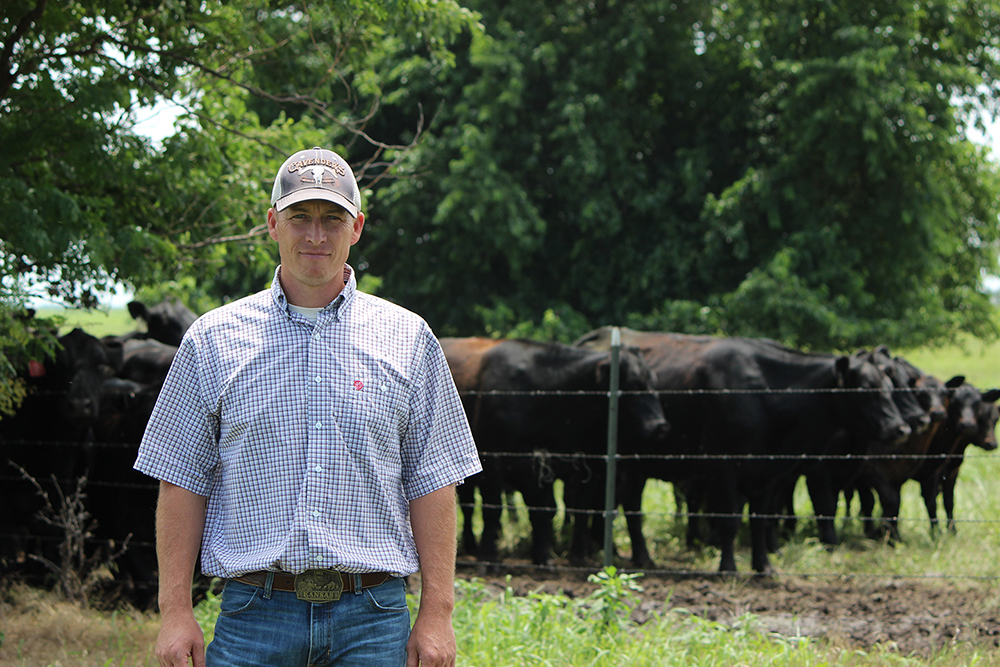
“Our main goal is to raise bulls,” says Wendling. “I turn the data into the Angus Association to help improve the EPD accuracy on our cows and herd sires, and it proves that we’re doing a good job raising our cattle.”
For the past four years,the cattle in the project were fed at McPherson County Feeders, a CAB partner yard near Marquette, Kan. All animals entered the yard in December 2013 with a minimum of 5 head per contestant.
The Wendlings used to finish all their cattle at a small feedyard on their operation, but have switched to McPherson County Feeders to gain better market access.
“The reason I entered in the project the first time was to get the carcass data and it was a place to feed a small group of cattle,” says Wendling. “We did it again this year and we actually also fed another pen of cattle from one of our customers in the project. We could have just fed them all ourselves but I think they need as many cattle as they can to keep the project going, it’s important to us to support this project,and it gives us a comparison of how we perform compared to other top producers.”
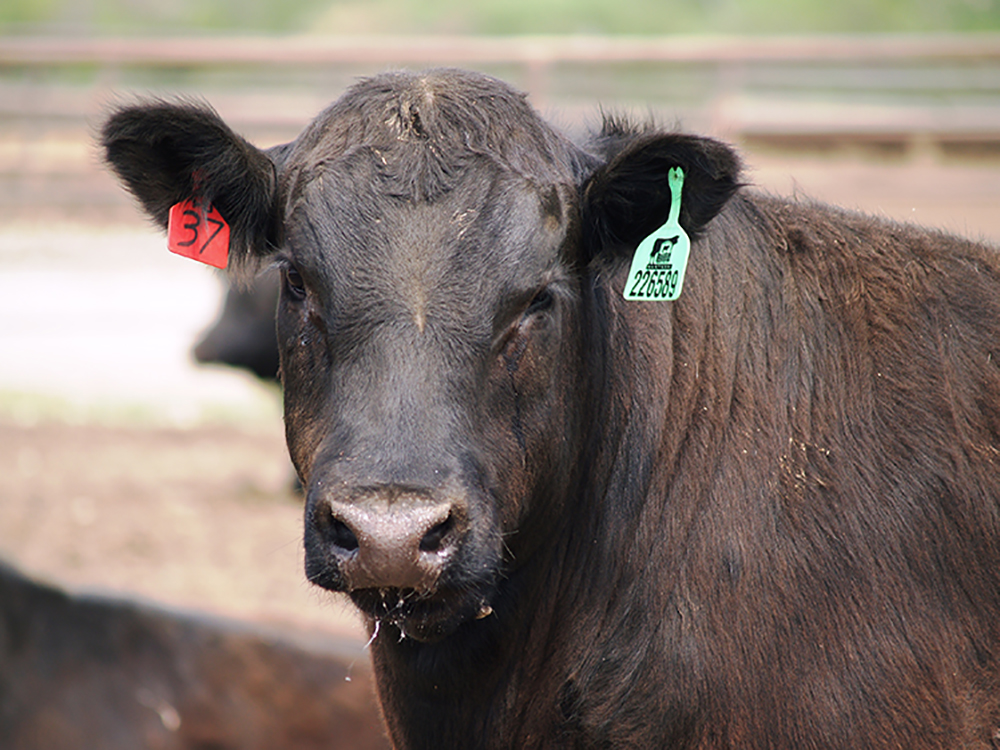
Those would be like Jeff Klausmeyer of Clearwater, Kan.,and his brother Todd Klausmeyer of Wichita, Kan., who won second and third in this year’s contest with steer pens that achieved 89% and 85% CAB. That was after the K3 Angus family placed in the top three the last two years.
Overall, the CDP cattle were 98% Choice and 58% CAB, which is down from past years but the cattle performed exceptionally well with an average daily gain of 3.56 lb. across the board. In the end, all contestants made money and were rewarded for raising high-quality Angus beef.
There were 59 head entered by seven participants this year, including those from Hazelton Angus, McPherson, Kan.; (Jeff) Klausmeyer K3 Angus, (Todd) Klausmeyer K3 Angus, (Thomas) Klausmeyer K3 Angus, Conway Springs, Kan.; Wendling Angus; Hobbs Ranch, Penokee, Kan.; andBryan Lies, Halstead, Kan
You may also like
Good things can happen when marbling leads selection criteria
Maternal function vs. marbling. Is it an either/or? This report by Steve Suther discusses an Iowa State University research paper, and quotes long-time ISU animal scientist Dan Loy.
The most important meal
Your calf’s most important meal is its first. Colostrum gives calves antibodies until they can build their own immunity. Manage cows to a BCS of 5 for adequate colostrum and easy calving. Maximum absorption occurs within first four hours of calf’s life.
Promoting growth and grade
When it comes to growth implants in cattle, animal scientist Robbi Pritchard only worries about three things: getting enough premium if you’re not use them, using them wrong and using them with too little insight.

